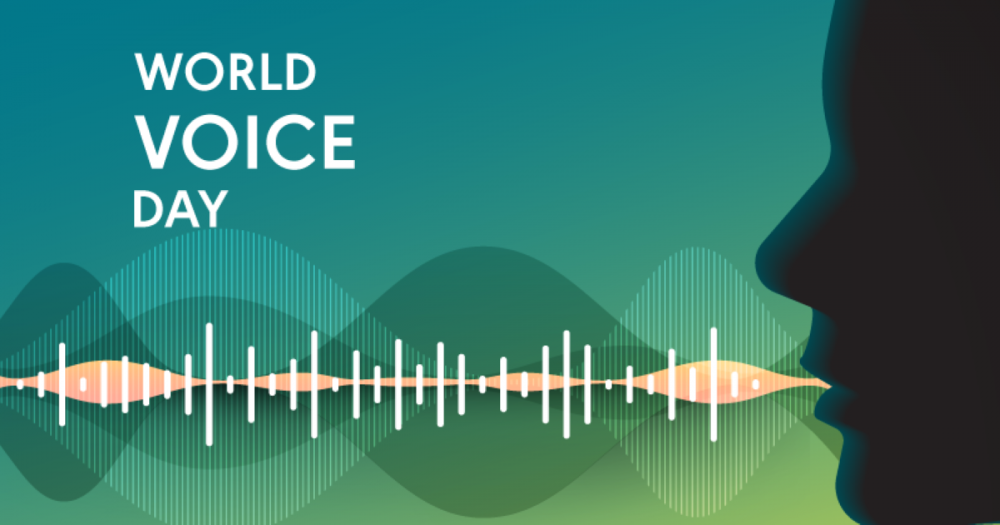In celebration of World Voice Day on April 16, ASHA Journals is offering free access to a selection of recently published voice-related articles for the rest of the month. These resources can provide helpful ideas and strategies to support you in your daily work assisting people with voice issues communicate.
Voice Resources From the ASHA Journals
Rehabilitation Treatment Specification System: Content and Criterion Validity Across Evidence-Based Voice Therapies for Muscle Tension Dysphonia: When you follow evidence-based treatment protocols, you may find that they don’t always effectively describe clinician actions during implementation. The authors (a) share a framework that helps researchers effectively describe voice treatment programs to address this issue and (b) provide detailed guides to help you implement four treatment programs.
Floating Ball Voice Therapy: Preliminary Effects on Outcomes and Predicting Individual Patient Differences in Generalization: Individuals with nonphonotraumatic vocal hyperfunction have habitual, chronic voice-related symptoms even though they have anatomically normal vocal folds. Learn how performing a task in a virtual environment with an adaptor tube may help improve voice therapy outcomes.
The Utah Gender Presentation Scale for Communication: Development and Validation of a Measure of Voice-Related Gender Incongruence: Individuals seeking gender-affirming voice therapy have specific goals that can be best met with person-centered care. By incorporating this 10-point scale during sessions, you can better target specific voice parameters during therapy.
Patient Motivation for Voice Therapy Increases After Stimulability Testing: Validation of a Voice Therapy Motivation and Voice Perception Inventory: An individual’s motivation for voice therapy will influence their likelihood to continue therapy and to incorporate changes outside the clinic. The authors show that voice stimulability testing during the initial evaluation can increase motivation by improving people’s confidence in the changes that they can make in voice therapy.
Working With Professional Voice Users
Toward a Taxonomy for Supraglottic Structure Vibrations in Voice: A Narrative Literature Review: Singers and other voice professionals use supraglottic structures to convey rough vocal effects when singing or conveying emotion, but this can result in unintended vocal effects. By developing a taxonomy for these structures, clinicians can better instruct performers and help them avoid exceeding their voice’s healthy limits.
Perceptions Around Vocal Health Among Group Fitness Instructors and Pilot Use of Group Fitness Instructor–Specific Voice Handicap Questionnaire: More than 70% of group fitness instructors report chronic voice problems. This survey of group fitness instructors examined their current health maintenance behaviors and how they would seek voice-specific health care if needed.
Empower Your Voice
You can find more voice-related articles on the ASHA Journals’ Voice Disorders topic page. You can use our advanced search functions to better find articles that can support your work or research.
This year, the theme of World Voice Day is “Empower Your Voice.” We hope you can find time this World Voice Day to recognize your colleagues providing voice care and to spread the word about how ASHA members can help individuals better use their voice.







